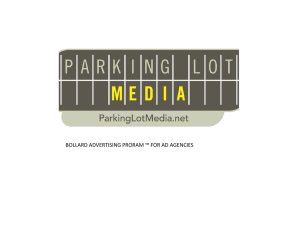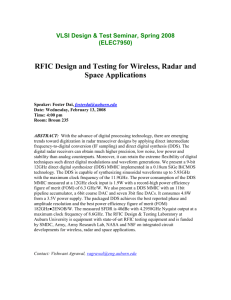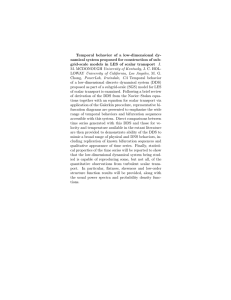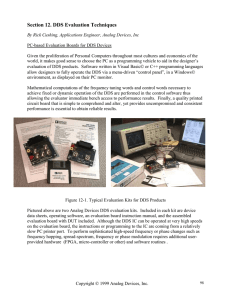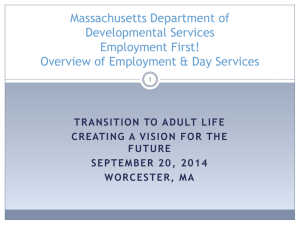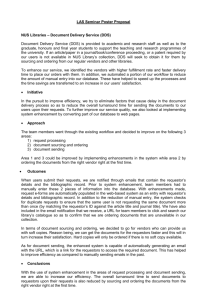dDS5 - Street Furniture (Word, 24 KB)
advertisement
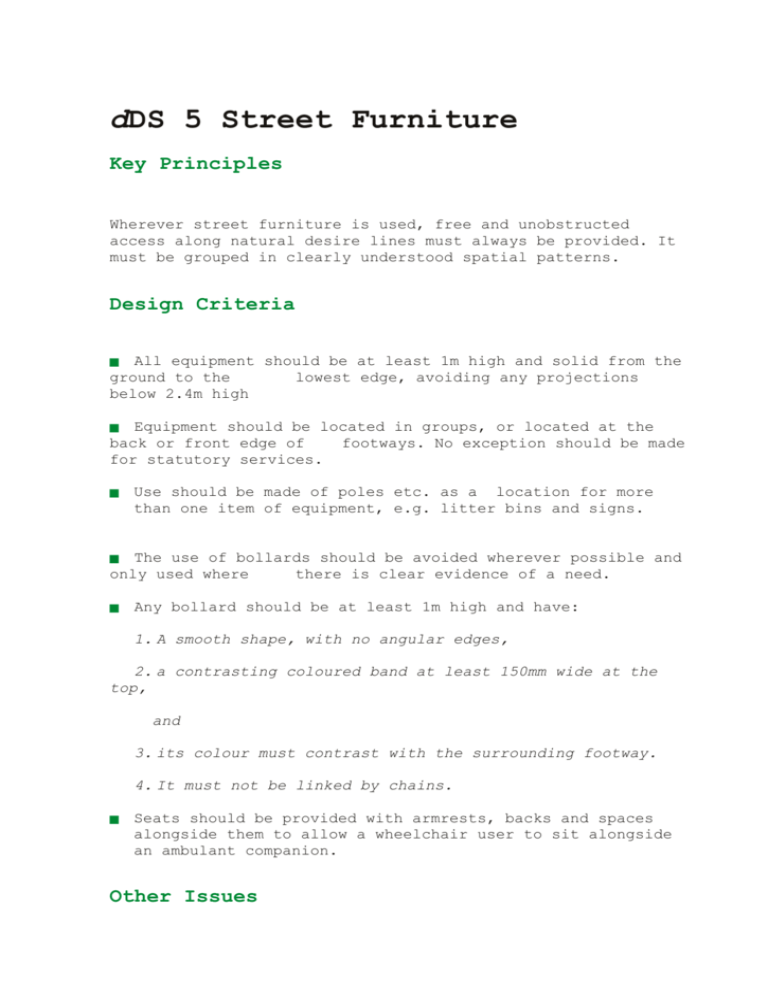
dDS 5 Street Furniture Key Principles Wherever street furniture is used, free and unobstructed access along natural desire lines must always be provided. It must be grouped in clearly understood spatial patterns. Design Criteria All equipment should be at least 1m high and solid from the ground to the lowest edge, avoiding any projections below 2.4m high Equipment should be located in groups, or located at the back or front edge of footways. No exception should be made for statutory services. Use should be made of poles etc. as a location for more than one item of equipment, e.g. litter bins and signs. The use of bollards should be avoided wherever possible and only used where there is clear evidence of a need. Any bollard should be at least 1m high and have: 1. A smooth shape, with no angular edges, 2. a contrasting coloured band at least 150mm wide at the top, and 3. its colour must contrast with the surrounding footway. 4. It must not be linked by chains. Seats should be provided with armrests, backs and spaces alongside them to allow a wheelchair user to sit alongside an ambulant companion. Other Issues Alternatives to bollards are commercially available to deter ram-raiding. These should be considered rather than a person with an impairment being disabled by the design of an entrance. There may be cases where equipment will be placed in a location that is difficult for a visually impaired person to identify, or is simply unexpected. Where this occurs, a change in the surrounding surface material and its colour must be considered to identify its position. Further information is available in the Department of the Environment, Transport and Region publication “Guidance on best practice in providing accessible environments and transport related infrastructure. (Copies can be assessed at www.mobility-unit.dtlr.uk/index.htm.) Cross References dDS 4 Pedestrian Routes dDS 16 Signposting

